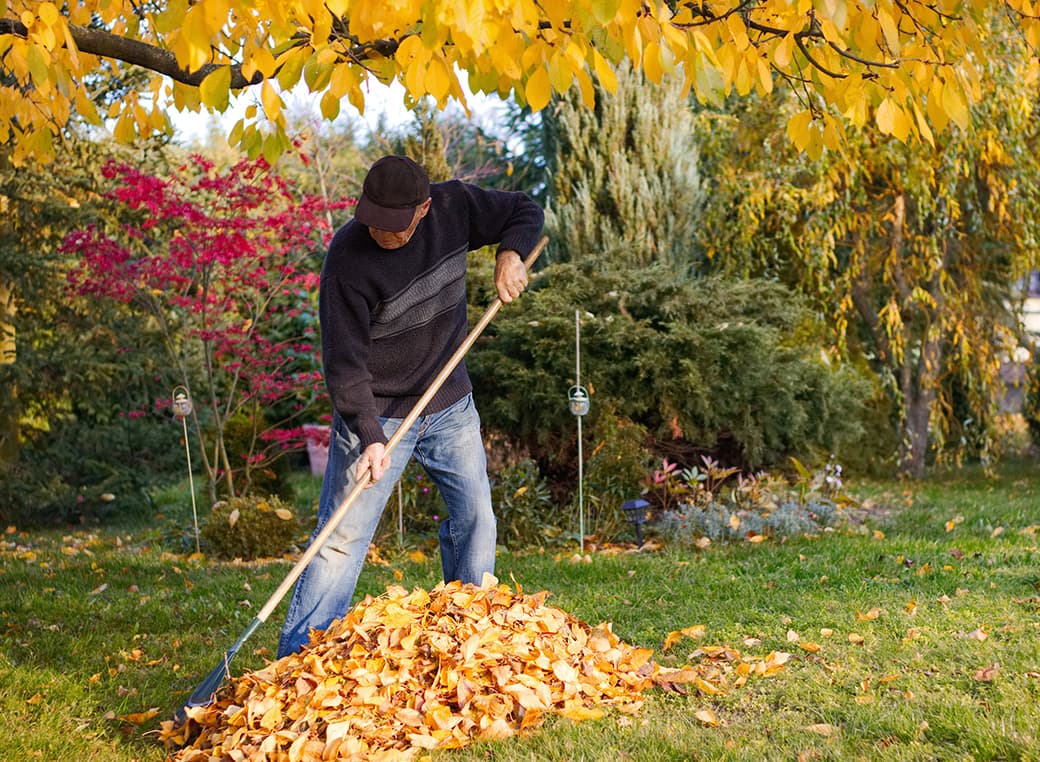Fight fall allergies
Monday, October 25, 2021

People often think of allergies as being a problem for the spring, but many people experience suffer from fall allergies as well.
Symptoms are often the same, sneezing, runny nose, nasal congestion, and itchy eyes or throat, but sometimes people assume it’s a cold caught from a classmate or the sudden colder weather.
It can also be managed by taking antihistamines and avoiding exposure to allergens. If you are unsure if you’re having a problem with fall allergies or another condition, contact your doctor about an allergy test.
Here are the most common fall allergies.
Ragweed
Ragweed is the biggest trigger for fall allergies. It grows in most regions of the US and can travel hundreds of miles by wind. Ragweed produces a massive amount of fine-powder pollen from August to November. This type of pollen can cause seasonal allergic rhinitis, more commonly known as hay fever. Ragweed pollen can also aggravate asthma symptoms, leading to increased coughing and wheezing.
Mold
Mold is prone to accumulating on fallen leaves. Raking, walking through, or playing in leaves releases mold spores into the air. Try checking weather apps to see if mold and ragweed levels are high that day before leaving home. When you get home, change from your “outside clothes” so that you don’t carry the mode spores throughout your house. Vacuum rugs and carpets often, as well as other fabric surfaces like couches and pillows.
Dust Mites
Unlike ragweed and mold, which often trigger allergies outside, dust mites live in upholstery. They are microscopic and feed off of dead skin. While they can live year-round, dry air can result in dry skin flaking off. We often try to combat dry air with humidifiers, but dust mites thrive in warm, humid environments. Instead, consider a dehumidifier and keeping the humidity in your home below 50%. Also try to wash your bedding once a week in hot water.
